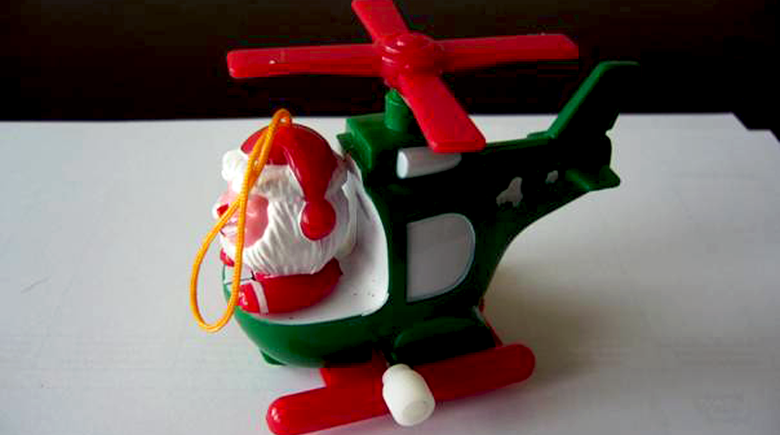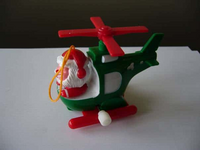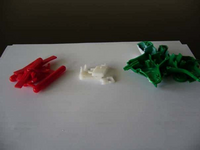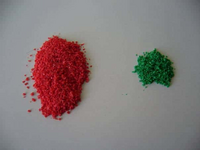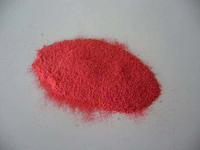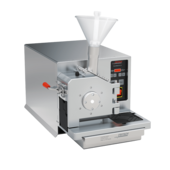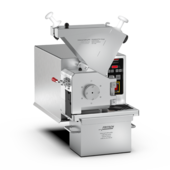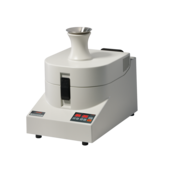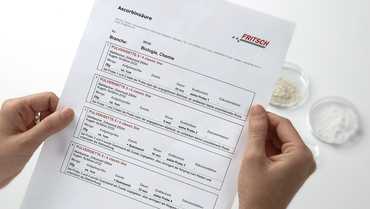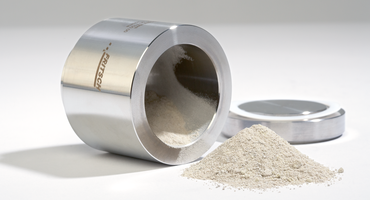Voltar à visão geral
Analysis of lead in toys
Lead is a toxic heavy metal. Approx. 90 % of the incorporated lead is deposited in the bones and the teeth. Because lead is released very slowly, it will be accumulated over the time in the body. This is dangerous especially for children. The European Norm EN 71-3 regulates the limit of lead in toys. Furthermore the US norm ASTM F 963-07 regulates the concentration of lead in paints and coatings for toys (max. 600 mg/kg).
For the pre-grinding we use the Universal Cutting Mill PULVERISETTE 19 or the Universal Cutting Mill PULVERISETTE 19l/50-700 rpm. The main advantage of these mills is, that you can remove all grinding parts from the grinding chamber without an additional tool. This makes them very easy to clean and cross-contaminations of samples are avoided. After the comminution down to 2-4 mm and after a suitable sample division, in the next step with the aid of the Variable Speed Rotor Mill PULVERISETTE 14 classic line a final fineness of 200-500 µm is achieved.
It should be noted, that cutting tools for the PULVERISETTE 19 should be heavy metal free or knives made of hardmetal tungsten carbide should be used. In order to minimize the thermal impact during the grinding with the speed rotor mill, the sample can be embrittled with liquid nitrogen or dry ice. The element analysis is performed via x-ray fluorescence analysis.
-
Download the FRITSCH-report as PDF file
Voltar à visão geral

